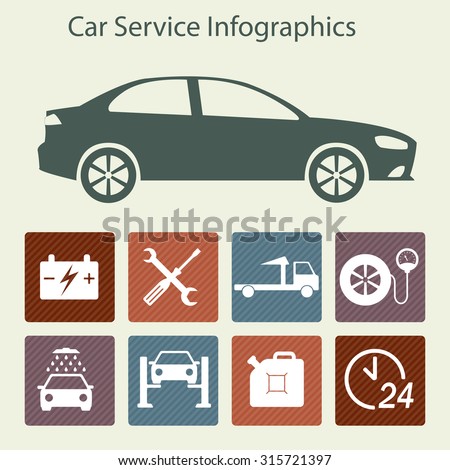Want To Learn More Regarding The Caution Lights On Your Control Panel? Uncover What They Show Concerning Your Automobile'S Health And Safety
Want To Learn More Regarding The Caution Lights On Your Control Panel? Uncover What They Show Concerning Your Automobile'S Health And Safety
Blog Article
Developed By- car care nz
When you're behind the wheel, those radiant caution lights on your control panel can be a little bit perplexing. Do you know what they're trying to tell you concerning your auto's health? Comprehending the value of these lights is crucial for your safety and security and the durability of your vehicle. So, the next time among those lights pops up, wouldn't you wish to decipher its message properly and take the required actions to resolve it?
Common Caution Lights and Interpretations
Identify common warning lights in your vehicle and understand their meanings to make sure safe driving.
One of the most typical warning lights include the check engine light, which indicates problems with the engine or discharges system. If https://jaidenjdxwq.dailyhitblog.com/36668930/explore-the-realm-of-specialist-vehicle-detailing-with-distinct-point-of-views-shared-by-an-experienced-professional comes on, it's critical to have your car checked without delay.
The oil stress cautioning light shows low oil pressure, requiring instant attention to stop engine damage.
A blinking battery light may recommend a defective charging system, potentially leaving you stranded otherwise attended to.
The tire stress monitoring system (TPMS) light signals you to low tire pressure, affecting lorry stability and fuel effectiveness. Overlooking this might lead to risky driving conditions.
The abdominal muscle light suggests a problem with the anti-lock braking system, compromising your capability to quit quickly in emergencies.
Last but not least, the coolant temperature level alerting light warns of engine getting too hot, which can cause serious damage if not dealt with promptly.
Comprehending these common warning lights will aid you attend to concerns without delay and preserve secure driving conditions.
Significance of Prompt Interest
Recognizing the common caution lights in your car is only the first step; the relevance of without delay resolving these cautions can't be highlighted enough to ensure your safety and security on the road.
When a caution light brightens on your dashboard, it's your automobile's method of interacting a possible issue that requires focus. Ignoring these cautions can lead to much more serious problems down the road, compromising your security and potentially costing you a lot more in repairs.
Motivate interest to warning lights can stop breakdowns and accidents. As an example, a flashing check engine light could suggest a misfire that, if left ignored, can trigger damages to the catalytic converter. Resolving this without delay can save you from an expensive repair service.
Likewise, a brake system advising light might signify reduced brake liquid or used brake pads, crucial components for your safety when driving.
Do It Yourself Troubleshooting Tips
If you observe a warning light on your dashboard, there are a couple of do it yourself troubleshooting ideas you can try prior to seeking specialist assistance.
just click the next post is to consult your auto's guidebook to recognize what the details caution light indicates. Often the problem can be as simple as a loosened gas cap setting off the check engine light. Tightening the gas cap might settle the problem.
An additional common issue is a reduced battery, which can activate numerous cautioning lights. Inspecting the battery links for deterioration and guaranteeing they're safe and secure could take care of the issue.
If a caution light continues, you can attempt resetting it by separating the automobile's battery for a couple of minutes and afterwards reconnecting it. In addition, examining your vehicle's liquid degrees, such as oil, coolant, and brake fluid, can assist repair cautioning lights connected to these systems.
Conclusion
In conclusion, recognizing your automobile's warning lights is essential for maintaining your automobile running smoothly and safely. By immediately dealing with these signals and recognizing what they suggest, you can prevent expensive repair work and possible malfunctions.
Bear in mind to consult your cars and truck's handbook for certain details on each advising light and act as necessary to make sure a trouble-free driving experience.
Remain informed, remain safe when traveling!
